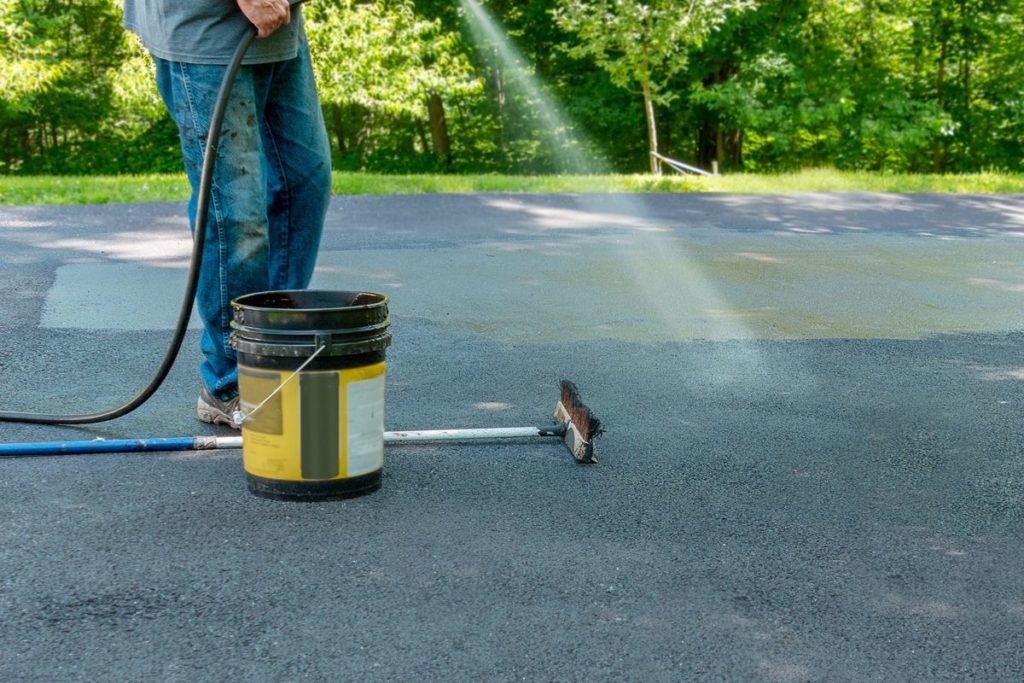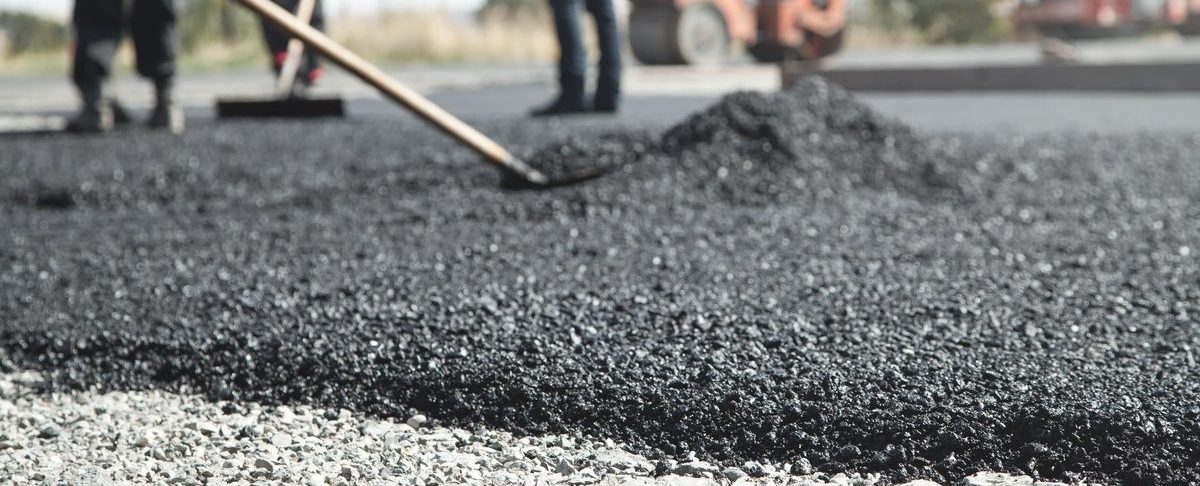Installing a new driveway is one of the best improvements you can make to your home’s exterior. However, once the work is complete, knowing how to properly care for your new asphalt driveway is as important as the installation itself. We often provide homeowners with clear new asphalt driveway instructions so they can protect their investment from the start. The first year is especially critical as the asphalt cures and settles into its long-term form.
Why the First Year of Asphalt Care Is So Important
Taking care of your new driveway early helps ensure its strength and appearance for years.
What Happens After Installation
After your driveway is installed, the asphalt begins to cool and harden, which continues for several months. During this curing period, the material remains flexible, making it more susceptible to dents, scuffs, and pressure-related damage.
Risks of Improper Care
Fresh asphalt can develop early cracks, ruts, and stains without proper maintenance. This not only shortens its lifespan but can also lead to costly repairs. By following a few practical steps, you can protect your new surface and avoid problems in the future.
Proper instructions for new asphalt driveways enhance durability and appearance. Focusing on these elements ensures a strong, attractive driveway that increases your property’s value.
What to Do in the First 30 Days
The first month after asphalt driveway installation is the most delicate stage of the curing process.
1. Keep Weight Off
Avoid parking heavy vehicles or trailers on your new driveway for at least 2–3 weeks. If you must park on it sooner, rotate your parking spots daily to avoid pressure ruts.
2. Watch the Edges
The edges of your driveway are the most vulnerable. Avoid driving on or off the edges, and don’t place heavy objects near them. Installing soil or sod along the sides can provide additional support.
3. Limit Foot Traffic
Foot traffic is generally safe after 24–48 hours, but to prevent scuffing, try to keep pets, bicycles, or lawn equipment off the surface during the first few days.
These basic steps go a long way in protecting your fresh pavement from early damage. Following these simple but effective guidelines can help your new pavement maintain its integrity and appearance for years.
Best Practices for the First Three Months
Following the best practices during the first three months is crucial for ensuring the longevity and durability of your new driveway. Even if the surface feels solid after a few weeks, the asphalt still cures and requires extra care. Planning early maintenance also helps you understand your asphalt driveway dimensions and material. Larger driveways or those built with specific material blends may require slightly different care routines to handle weight, traffic, and weather exposure. Here’s a deeper look into some of the best practices:
Keep the Surface Clean
Regularly sweep off leaves, dirt, and debris that could trap moisture or cause staining. If spills occur, especially oil or gasoline, clean them immediately using a mild detergent and water.
Avoid Sharp Turns
Avoid turning your wheels while the vehicle is stopped when pulling into or backing out of the driveway. This can create twist marks and dig into the surface.
Protect Against Heat
On hot days, try to park in the same spot for short periods only. Asphalt softens slightly in extreme heat, which can leave tire marks or dents from stored items.
Maintaining awareness of your driving habits and adhering to these practices during the first three months will significantly contribute to your asphalt driveway’s successful curing and long-term durability.
When to Sealcoat Your New Asphalt Driveway
Sealing helps extend the life of your driveway, but it should not be done too early.
Timing Is Key
Wait at least 6 to 12 months before applying a sealcoat to allow the asphalt to cure fully. Sealing too early can trap oils and prevent proper hardening, while sealing too late can expose the surface to premature wear.
Choosing a Quality Sealant
When the time is right, we recommend using a professional-grade sealant designed for Minnesota conditions. Sealcoating creates a smooth, protective layer that blocks UV rays, moisture, and chemicals.
Many homeowners ask about the difference between a professional driveway sealing service and DIY. While DIY kits may seem cost-effective, professional services use higher-quality materials and precise techniques that provide longer-lasting protection. Including expert sealcoating in your maintenance plan gives your driveway the best chance at maximum performance and durability.
Keep Your Driveway Looking and Performing Its Best

Caring for a new driveway doesn’t have to be complicated. Following these new asphalt driveway instructions will ensure the asphalt has time to cure, resist damage, and stay smooth. Avoid heavy traffic early on, keep the surface clean, watch for seasonal changes, and plan for future sealing. These steps help extend the life of your driveway and maintain curb appeal.
Investing in new asphalt is a wise decision, and proper care can make a significant difference. Contact Richfield Blacktop today for reliable asphalt maintenance. Whether you need guidance on maintenance or are planning a new driveway project, we provide the expert support and service your home deserves. Protect your new asphalt from day one with Minnesota’s trusted paving experts at Richfield Blacktop.




